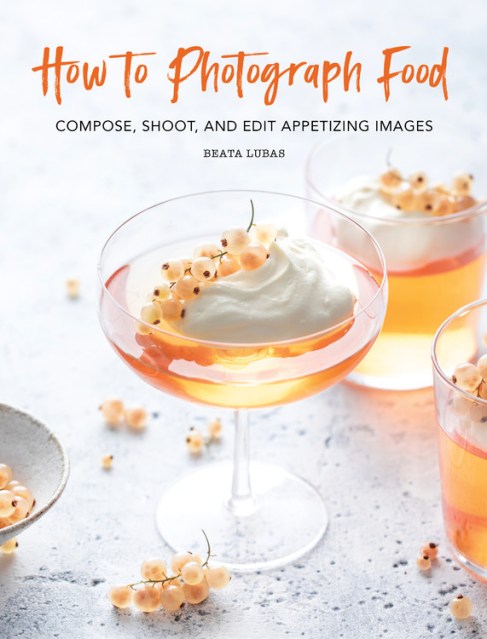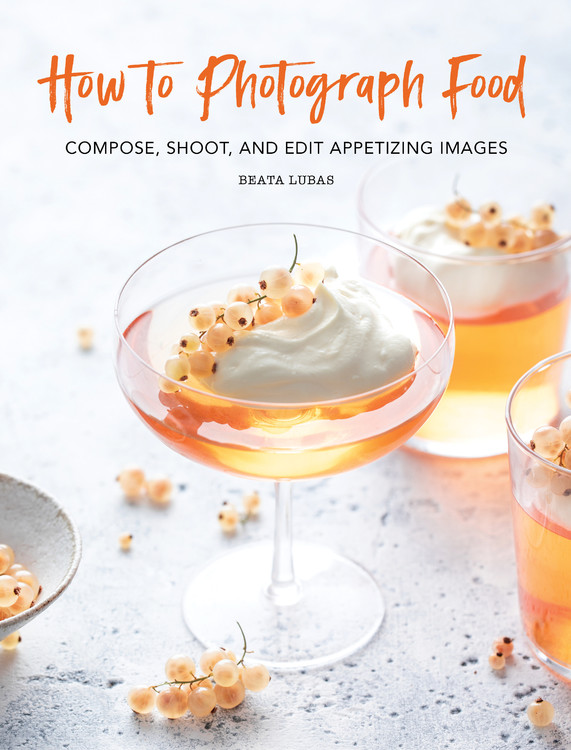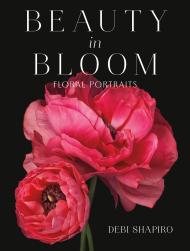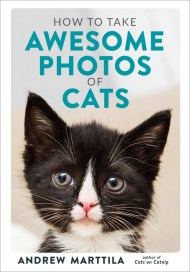Promotion
Use code MOM24 for 20% off site wide + free shipping over $45
How to Photograph Food
Compose, Shoot, and Edit Appetizing Images
Contributors
By Beata Lubas
Formats and Prices
Price
$25.00Price
$31.00 CADFormat
Format:
- Hardcover $25.00 $31.00 CAD
- ebook $13.99 $17.99 CAD
This item is a preorder. Your payment method will be charged immediately, and the product is expected to ship on or around September 29, 2020. This date is subject to change due to shipping delays beyond our control.
Also available from:
For amateurs and pros looking to add to their portfolios, How to Photograph Food makes food photography a piece of cake!
How to Photograph Food is the gorgeous, informative photography book you didn’t know you needed. For budding photographers and social media personalities, the perfect image has never been easier to capture, and How to Photograph Food puts it all within reach. Chapters include:
- Gear
- Lighting
- Frame and Balance
- Food Styling
- Photo Editing
- Thinking like a Pro
You’ll learn the essential equipment, how to keep food looking good on a shoot, how to work with props, managing lighting, and much more, all from a skilled photographer and teacher. With only a digital camera and a little practice, you’ll be able to turn out images with great contrast, balance, and appeal that look as good as they taste.
Genre:
- On Sale
- Sep 29, 2020
- Page Count
- 192 pages
- Publisher
- Running Press
- ISBN-13
- 9780762499625
Newsletter Signup
By clicking ‘Sign Up,’ I acknowledge that I have read and agree to Hachette Book Group’s Privacy Policy and Terms of Use







